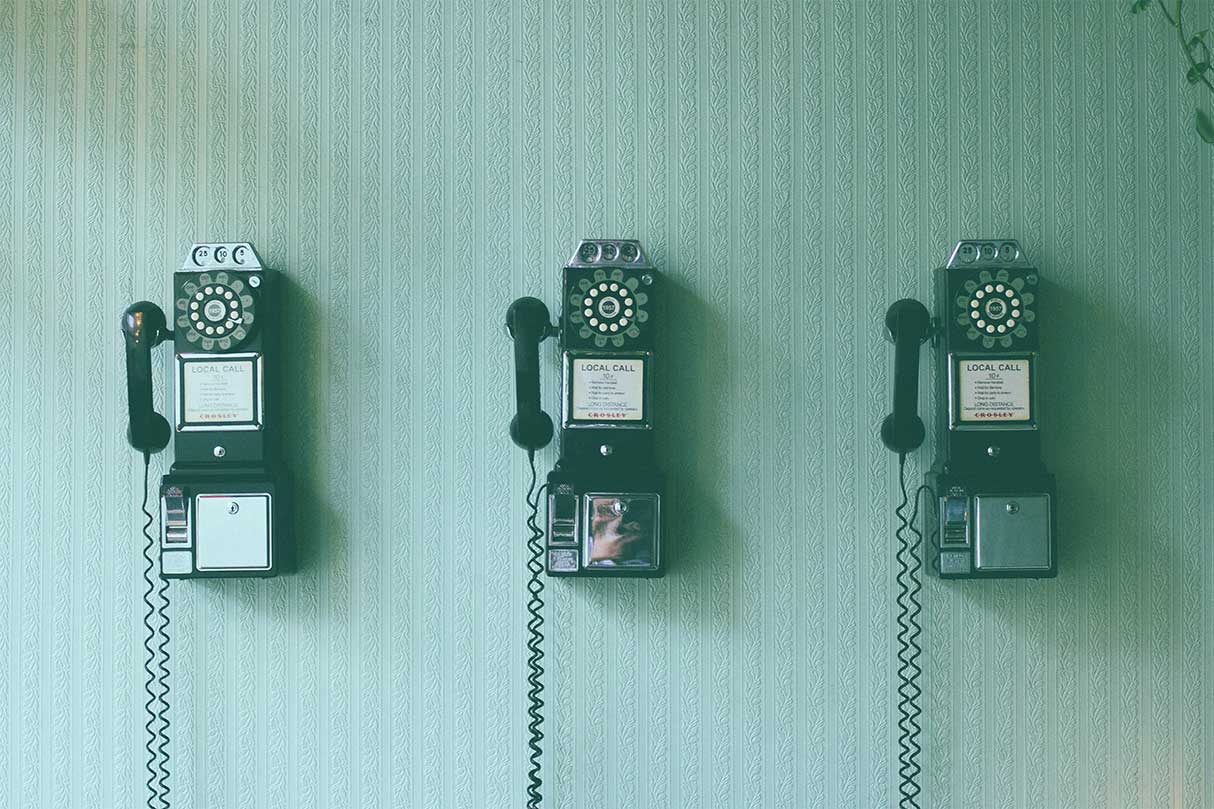Remote Work Has Grown Up: Why It’s Better Than Ever
April 27, 2025 4 min read

When the pandemic hit in 2020, remote work was thrust upon the world overnight. What had been an emerging trend became an emergency response. Dining rooms became offices, parents balanced video calls with home-schooling, and daily life blurred into a constant background hum of stress and uncertainty.
But what the world experienced then wasn't the true potential of remote work. It was remote work done under crisis conditions, often without the right systems, expectations, or mindset in place. The version of remote work that many people lived through was full of Zoom fatigue, micromanagement, and a lack of boundaries—not because remote work is inherently flawed, but because few were ready for the shift.
Now, several years later, remote work has matured. It has evolved from a reactive stopgap to a deliberate, strategic way of building strong teams and sustainable careers. The remote work landscape today is healthier, more flexible, and more empowering than it has ever been.
Here’s why the remote work of today is fundamentally different—and why it’s positioned to shape the future of how we work.
Remote Work Today Is Built on Trust, Not Surveillance
At the start of the pandemic, many companies tried to replicate office life online. Managers, unsure how to maintain productivity without in-person oversight, resorted to constant status checks, mandatory green-light indicators, and even employee monitoring software. The result was a version of remote work that felt intrusive, exhausting, and counterproductive.
Today, the best remote-first organizations understand that remote work thrives on trust. Instead of focusing on whether employees are "online" at a certain hour, they focus on outcomes. Success is measured by results delivered, not minutes logged.
Teams that operate successfully in a remote environment have clear expectations, strong documentation, and a shared understanding of what needs to be achieved. They give individuals the autonomy to decide how and when to get their best work done. Flexibility is no longer a privilege; it is an integral part of how productive teams operate.
This shift toward trust and flexibility hasn't just improved employee satisfaction—it has improved business results. Studies continue to show that remote workers who have autonomy over their schedules are more engaged, more productive, and stay longer with their companies.
The rushed, micromanaged version of remote work during the pandemic gave the wrong impression. Real remote work today is about empowerment, not surveillance.
Communication Has Shifted from Constant Meetings to Clear, Asynchronous Collaboration
One of the defining struggles of early pandemic remote work was the overwhelming number of meetings. Video calls replaced casual office conversations, standups, brainstorming sessions, and everything in between. Suddenly, people were spending entire workdays toggling between Zoom rooms with little time left for actual work.
This overcorrection wasn’t a flaw of remote work—it was a misunderstanding of how communication needs to evolve when teams aren’t physically together.
Today, remote teams have learned to prioritize asynchronous communication. Instead of defaulting to real-time meetings, information is shared through written updates, recorded videos, collaborative documents, and structured project management tools. Meetings still happen, but they are fewer, shorter, and more intentional.
Asynchronous communication allows people to work when they are most focused, not when it happens to fit someone else's schedule. It gives individuals time to process information and contribute thoughtfully. It respects the deep focus required for meaningful work.
The endless video calls of 2020 were not an inevitable side effect of working remotely. They were a growing pain of teams learning how to collaborate without walls. Today’s remote work has moved past those pains, finding better rhythms for communication, collaboration, and creative work.
Remote Work Has Reclaimed Its Original Promise of Freedom
During the height of lockdowns, remote work often meant being stuck inside. For many, it wasn’t the freedom to work from anywhere—it was the confinement to work from home, often under stressful conditions. Coffee shops, co-working spaces, travel, and flexible schedules were out of reach. Remote work, during that time, lost much of what made it appealing in the first place.
That temporary experience led some to question whether remote work was truly better than in-office life. But that was never the full picture. It was remote work without the freedom that makes it powerful.
Today, remote work has reclaimed its original promise. It offers the flexibility to choose your workspace, your city, or even your country. Developers can work from a quiet home office, a lively co-working space, a mountain cabin, or a different location each month.
The ability to design your environment, your daily routine, and even your broader lifestyle is no longer limited by lockdowns or health restrictions. It's a permanent feature of remote work, and it's allowing individuals to build lives that align better with their personal goals, values, and well-being.
Freedom in remote work isn’t just about choosing where you work. It’s about choosing how you live—and creating conditions that support better focus, creativity, and longevity in your career.
Remote Work Isn’t Just Surviving — It’s Thriving
Looking back, it’s clear that pandemic remote work was remote work at its worst: rushed, improvised, and wrapped in layers of uncertainty and fear. It’s understandable that for many, those first impressions were negative.
But remote work has grown up since then. It has become more intentional, more structured, and more sustainable. Organizations have invested in better tools, clearer processes, and cultures built around trust, flexibility, and asynchronous collaboration. Workers have learned to build boundaries, structure their days, and advocate for healthier ways of working.
Remote work today is no longer a temporary adjustment. It is a viable, strategic way of operating—and it’s not going anywhere. Companies that embrace it are tapping into a global talent pool, improving employee satisfaction, and building more resilient, adaptable teams.
Remote work in 2025 is no longer defined by pandemic memories. It’s defined by autonomy, impact, and the freedom to live and work better.
TABLE OF CONTENTS



